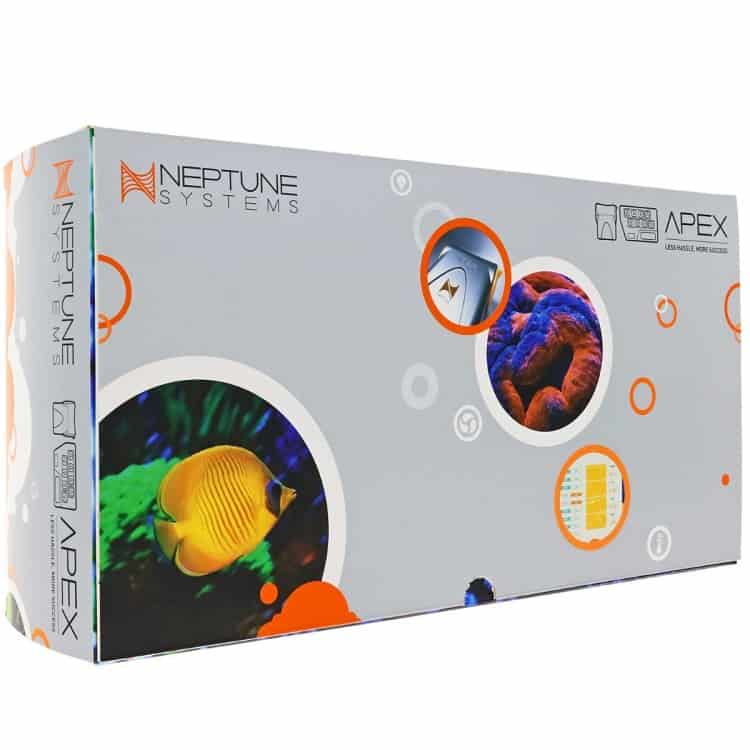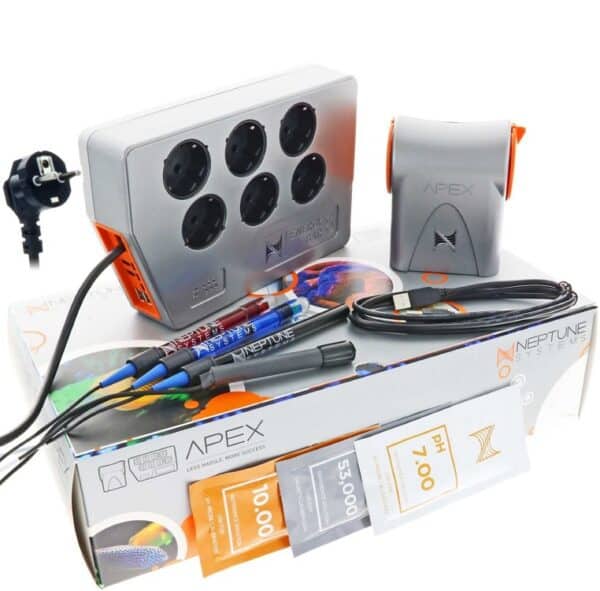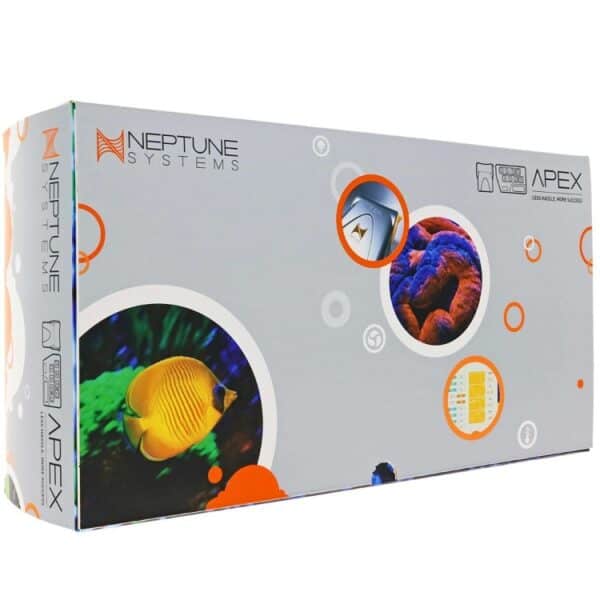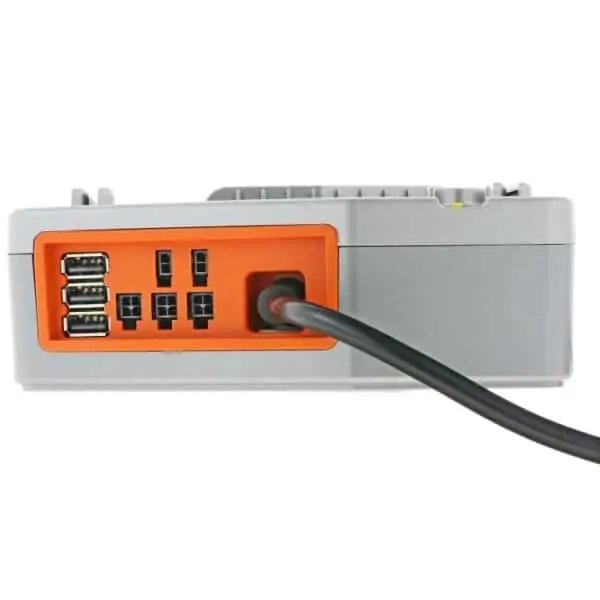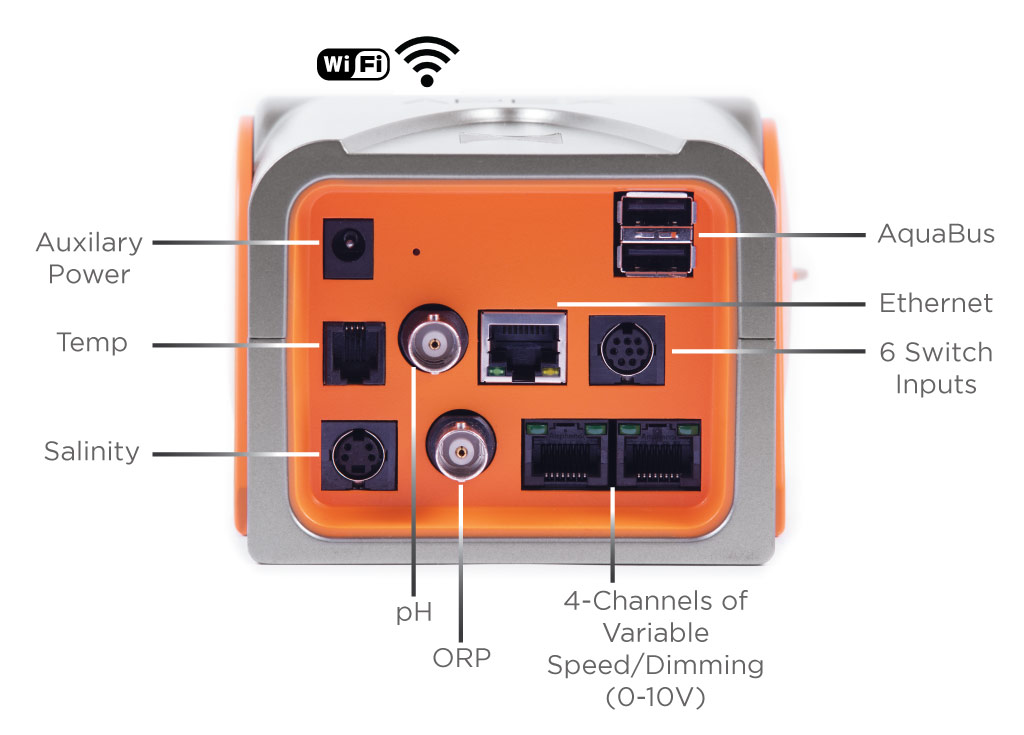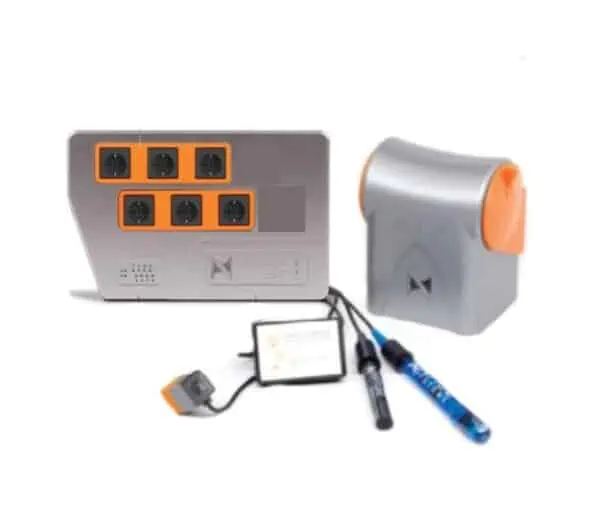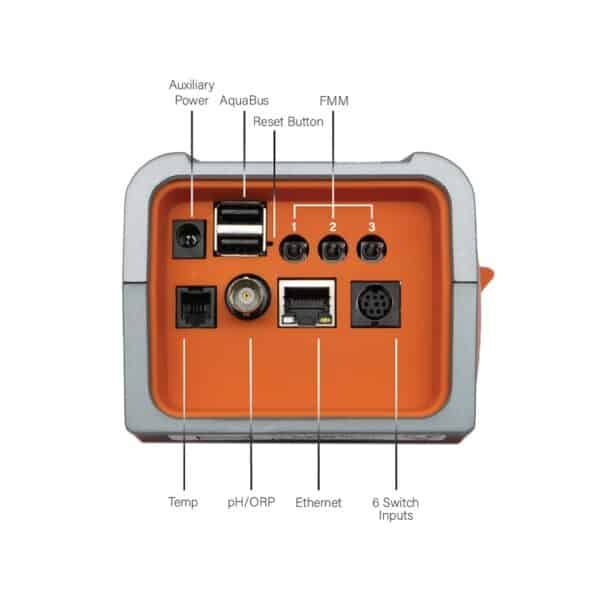Neptune Systems Apex NG EB632 lab grade kit
€949,95
Neptune Systems Apex NG EB632 lab grade kit the user friendly aquarium controller
Out of stock
Neptune Systems Apex NG EB632 lab grade kit the user friendly aquarium controller
ENTER THE APEX
- Prevents catastrophes by monitoring key parameters in your aquarium, takes corrective actions for you, and alerts you via your smartphone when things go off track.
- Monitors your equipment, ensuring it is operating correctly at all times, and lets you know when it is not.
- Tracks your manual test results, maintenance, livestock purchases, and tank observations, helping you correlate issues in your aquarium to what is happening inside.
- Manages the full operation of equipment (lights, pumps, filters, ATO, etc.) on your tank with simple setup wizards and an easy-to-use app.
- Takes the place of many costly and cumbersome discrete components such as light timers, heater controllers, pump controllers, etc.
- Gives you peace of mind to know how your aquarium is doing, instantly, from anywhere in the world.
WIRELESS INTERNET-READY!
For years, we have advocated a wired network connection for your Apex due to its superior reliability, and we still do. However, for many people, a wired connection is just not possible.
NEW EASY SETUP
New setup wizards and to-do reminders help guide you through configuring everything from temperature control to trouble alerts on your mobile device, along with many other common aquarium tasks. With this new Apex, an aquarium controller no longer requires an advanced degree — you are up and running in 5 EASY STEPS:
- Mount it to the wall or inside your cabinet.
- Plug in the probes and your equipment.
- Connect it to your home network via Wi-Fi or cable.
- Run the new Configuration Wizards.
- Get the basics of monitoring and control for your entire tank set up in less than 15 minutes, with no programming!
The Apex is a self-contained monitoring platform built for reliability — for when things go wrong. It is not just a toy to play with when everything is A-OK.
Every Apex has a built-in web server (which is tech talk for control software and a built-in web interface) with complete functionality — even if the internet is down! This is important, see why…
ENERGY BAR 632 – THE ULTIMATE POWER CONTROL HUB
When we decided to create an Energy Bar for this new Neptune Systems Apex, we designed it from the ground up. Not only does the Energy Bar 632 have six 220V AC outlets, but it includes an internal 100W 24VDC power supply as well. That power supply feeds three built-in 1LINK ports, plus two 24VDC accessory ports. Each individual outlet has independent power monitoring and there are individual LED indicators for each outlet. While the videos below demonstrate the domestic version of our Energy Bar, the information is exactly the same.
- CERTIFIED TO CE STANDARDS
- POWER MONITORING
- BUILT-IN 1LINK AND 24VDC PORTS
- INDIVIDUAL OUTLET INDICATOR LED
- ALARMS AND DECISIONS BASED ON POWER
- ALL OUTLETS RELAY SWITCHED
The Schuko outlet variation found across most of Europe as well as many other countries around the world.
NEW MOUNTING SYSTEM FOR BOTH Neptune Systems Apex AND ENERGY BAR 632
Both the Apex and the Energy Bar 632 feature an innovative attachment system that makes it easy to mount them and also provides convenient access to all connections. The Apex mounts with just two screws. It has a hinged mount where you can flip it up, make your connections, and then flip it down, making it more difficult for water to enter the electronics via a cable. The Energy Bar 632 has a mounting bracket that attaches to the wall with just three screws, and then the Energy Bar slides down onto the bracket.
THESE PROBES INCLUDED WITH YOUR Neptune Systems Apex TO MONITOR THE HEALTH OF YOUR AQUARIUM

The Neptune Systems Apex includes probes for Temperature, pH, ORP, and Salinity. The pH and ORP probes are now double-junction as well, so they hold calibration longer and have a longer lifespan than single-junction probes.
WHAT IS THE DIFFERENCE BETWEEN DOUBLE JUNCTION AND SINGLE JUNCTION PROBES?
Single junction probes put the reference electrode in direct contact with aquarium water. Over time, the junction will slowly leak aquarium water into the electrolyte, which changes the accuracy of the probe and requires more frequent calibrations. Double junction probes place a second vessel inside the main electrolyte with a second internal junction. This means that even when the aquarium water eventually begins to make its way into the first compartment, it still has to go through the second junction to contaminate the electrolyte surrounding the reference electrode.
| Weight | 8 kg |
|---|
Brand
Neptune Systems
You may also like…
Computers


